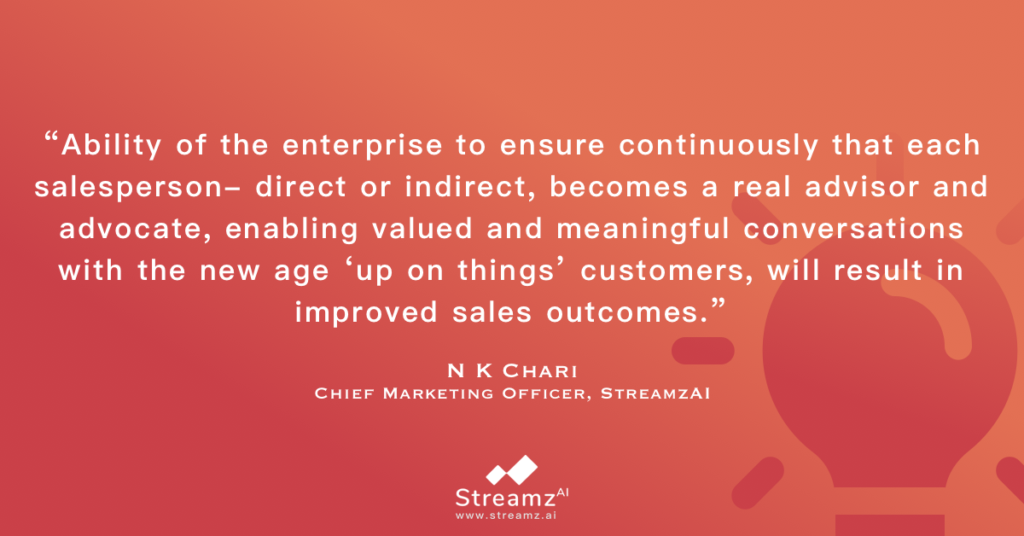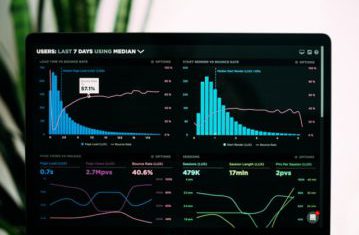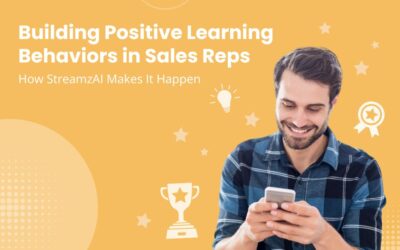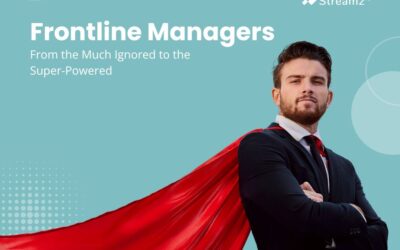Nandakumar Chari
MARCH 1, 2021
The sales landscape has undergone a major digital transformation in a span of just one year. Decision cycles are longer and more intricate. There’s a ubiquitous influence of the internet on buyer’s decisions as they’re informed now more than ever.
“The New Industrial: Future-Proofing European Manufacturing Sales in the 21st Century” by Miller Heiman Group found that just 32% of buyers feel that sellers exceed their expectations.
So how can teams ensure that their customers are engaged, and keep closing deals proficiently? This is where Sales Readiness and Sales Enablement come in! As more people use the terms ‘readiness’ and ‘enablement’ it’s important to understand what each constitutes and how they can help you drive revenue.
What is Sales Readiness and Sales Enablement? Do they mean the same thing?
To answer the question briefly: No.
Defining Sales Readiness
“Ability of the enterprise to ensure continuously that each salesperson- direct or indirect, becomes a real advisor and advocate, enabling valued and meaningful conversations with the new age ‘up on things’ customers, will result in improved sales outcomes.”
– N K Chari, Chief Marketing Officer, StreamzAI

N K Chari, CMO, StreamzAI pens down the definition of Sales Readiness and why it is important for enterprises.
Forrester describes sales readiness as the ability to equip salespeople with the knowledge and skills required to have the conversations needed throughout a buyer’s journey— and assessing whether, and certifying that a rep can do just that.
To put it simply- sales readiness aims to certify whether sellers have the right skills and knowledge needed to close deals efficiently. Key activities include successful onboarding, equipping your sellers with consistent information, regular training and knowledge assessment to make them more productive and agile.
Know More About Our Sales Readiness Solutions
Defining Sales Enablement
To maximize effectiveness during the sales process, suppliers need to adopt a sales enablement approach that is tailored to the specific needs of the various individuals (and roles) that are involved in the sales process, even those that report into other functions.
Todd Berkowitz, Managing Vice President at Gartner.
HubSpot defines Sales Enablement as the iterative process of providing your business’s sales team with the resources they need to close more deals.
These resources can be the knowledge, tools and content that can help your sales reps sell more effectively. It can also be defined as the strategy you use to streamline your sales function and create a framework that nurtures your sales reps.
Broadly speaking, Sales Enablement has many sides to it. It can range from Sales Talent Management, Assessing and Visualising Sales Readiness, developing Sales Communication and Collaterals and lastly, using the right tech to ensure all your channels can access them i.e., Sales Asset Management.
While Sales Enablement as a role has multiple facets, from a technology perspective, as Nancy Nardin puts in her recent article. The bottom line is that Sales Enablement solutions tended to fall into one or two categories; content management, and training and coaching. Since those represent two separate jobs-to-be-done, and it would be confusing to call them both Sales Enablement, we’ve dropped the Sales Enablement label altogether.
Know More About Our Sales Enablement Solutions
This leads us to answer the question we asked – Are Sales Readiness and Sales Enablement the same functions? With the information we have at hand, it’s certain that we need to change our previous answer.
Sales Enablement is the encompassing foundational function that aids Sales Readiness. One is not entirely fruitful without the other. Effective sales readiness is focused on assessing and then rectifying the knowledge gaps in the reps’ skills and knowledge ; sales enablement is the strategic focus to optimize their productivity and performance.
The Path to Sales Readiness, Sales Enablement, and The Changing Trends
Before diving into creating long strategies and tedious documents, we have to take a step back and evaluate the effect of COVID-19 on how people are buying. In a recent webinar, our Guest Analyst talked about 2021 as the year of putting humans back in selling.
Most companies plan to fundamentally change their sales organisational structures as a result of the pandemic and changing buyer’s preferences. Even as companies have highly distributed sales channels, they will have to hire sales reps and onboard them, guide them and train them to have personalised interactions with your buyers.
Know More About The Changing B2B Trends
A key best practice before developing an enablement strategy is to align various teams and assess where you stand. It requires a push from top management. You need to bring on a dedicated sales enablement leader to guide your initiatives. It also means investing in the right technology that supports differentiated sales readiness.
Both readiness and enablement are continuous processes of creating, executing and measuring key metrics to assess whether your efforts align with your goals. Do that, and your sellers will become the upper hand over your competition.
At Streamz, we have enabled 200,000 sales reps worldwide and helped Fortune 500 companies scale up by making their teams Sales Ready globally. To get more information on similar topics, subscribe to our blog.






